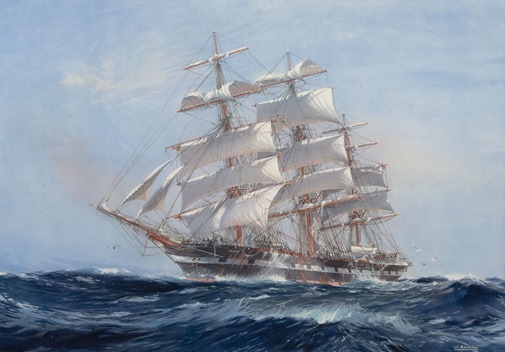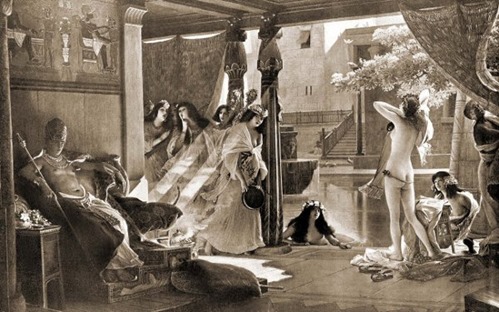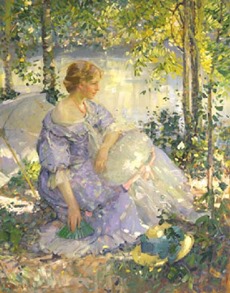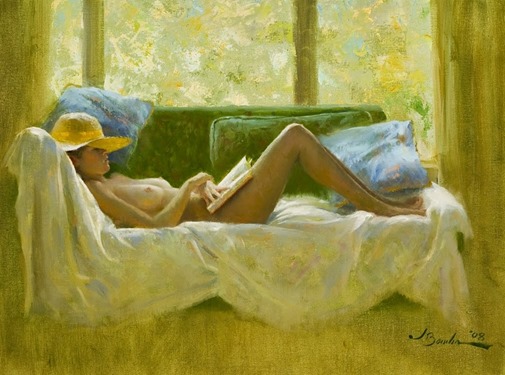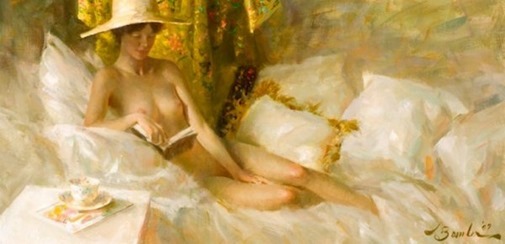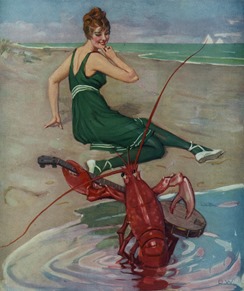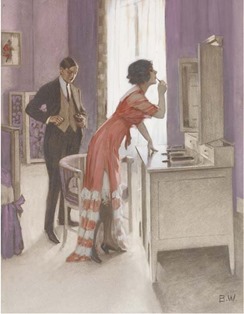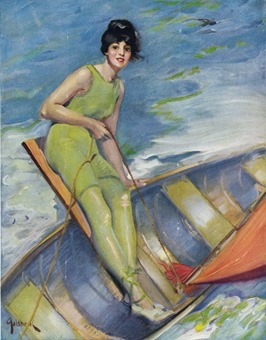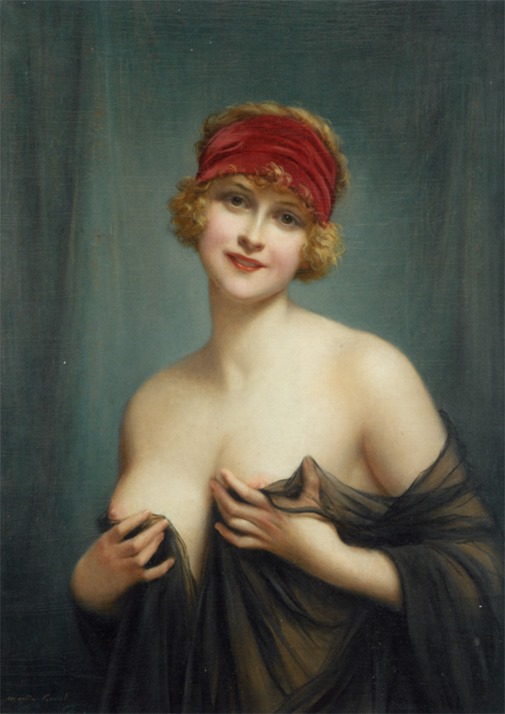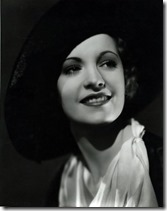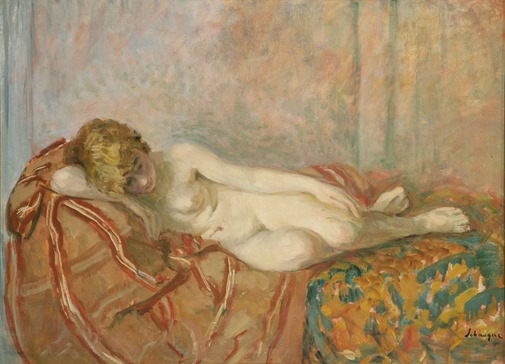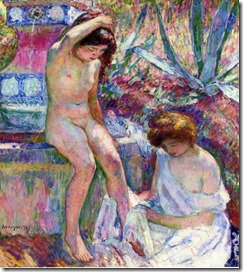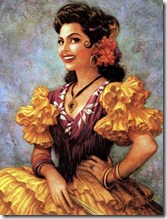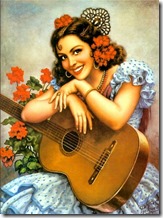Marià Fortuny i Marsal (complete name Marià Josep Maria Bernat Fortuny i Marsal, in Spanish: Mariano José María Bernardo Fortuny y Marsal; June 11, 1838 – November 21, 1874), known more simply as Marià Fortuny or Mariano Fortuny, was the leading Catalan painter of his day, with an international reputation. His brief career encompassed works on a variety of subjects common in the art of the period, including the Romantic fascination with Orientalist themes, historicist genre painting, military painting of Spanish colonial expansion, as well as a prescient loosening of brush-stroke and color.

Biography
He was born in Reus, a town near Tarragona, in Catalonia, Spain. His father died when Marià was an infant, and his mother by the time he was 12. Thus, Marià was raised by his grandfather, a cabinet-maker who taught him to make wax figurines. At the age of 9, at a public competition in his town, a local painter, teacher and patron, Domènec Soberano i Mestres, encouraged further study. At the age of 14 he moved to Barcelona with his grandfather. The sculptor Domènec Talarn secured him a pension allowing him to attend the Academy of Barcelona (La Llotja school of art). There he studied for four years under Claudio Lorenzale (es) and Pau Milà i Fontanals (es), and in March 1857 he gained a scholarship that entitled him to two years of studies in Rome starting in 1858. There he studied drawing and grand manner styles, together with Josep Armet i Portanell, at the Academia Giggi.
In 1859, he was called by the Government of the Province of Barcelona (Diputació de Barcelona) to depict the campaigns of the Spanish-Moroccan War. He went to Morocco from February to April of that year, making sketches of landscapes and battles, which he showed in Madrid and Barcelona when he returned. These would later serve him as preliminary sketches for his monumental piece, The Battle of Tetuan

Since the days of Velázquez, there had been a tradition in Spain (and throughout Europe) of memorializing battles and victories in paint. On the basis of his experiences, Fortuny was commissioned by the Council of the Province of Barcelona (Diputació de Barcelona) to paint a large canvas diorama of the capture of the camps of Muley-el-Abbas and Muley-el-Hamed by the Spanish army. He began his composition of The battle of Tetuan on a canvas 15 metres long; but, though he worked on and off on it during the next decade, he never finished it.
The greater influence of this travel on Fortuny was his subsequent fascination with the exotic themes of the world of Morocco, painting both individuals and imagined court scenes. He visited Paris in 1868 and shortly afterwards married Cecilia de Madrazo, the daughter of Federico de Madrazo, who would become curator of the Prado Museum in Madrid. Together, they had a son, Mariano Fortuny y Madrazo, who became a well-known fashion and tapestry designer. Another visit to Paris in 1870 was followed by a two years’ stay at Granada, but then he returned to Rome, where he died somewhat suddenly on November 21, 1874 from an attack of tertian ague, or malaria, contracted while painting in the open air at Naples and Portici in the summer of 1874. One of his pupils was Attilio Simonetti.
Text from Wikipedia
Read Full Post »
